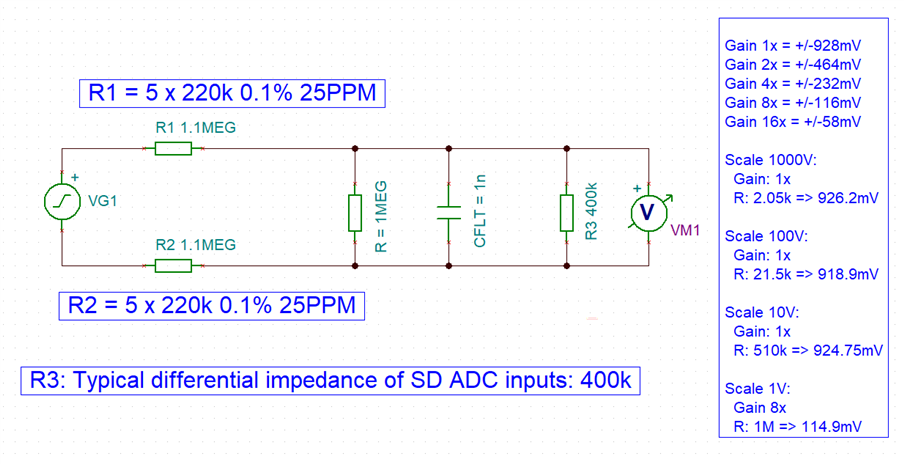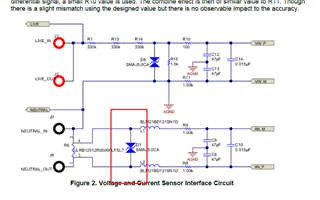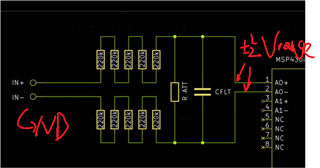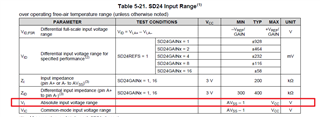Tool/software:
Hi everyone,
I am designing a fully isolated (galvanically) AFE with the MSP430i2021 MCU.
My target input system impedance is at least 1-2M for general V/I measurements. If un-buffered, the MSP430i2021 input is prefixed with a high impedance resistor-series network like the one below:
The RATT could range from a few kΩ up to 1-2MΩ to make measurements of up to 1kV possible if i take into account the max Rdrop per Resistor, power dissipation etc.
The CFLT could form a simple 1st order filter of a few kHZ or so (depends on RATT) since i am planning of measuring DC and 50/60Hz AC signals.
Galvanic isolation is applied by using a power transformer to form a DC (rectified) then well filtered with 10nF/100nF/1uF/10uF X7R MLCCs and finally LDO regulated 3V rail. Data is transmitted / received by using high speed optocouplers.
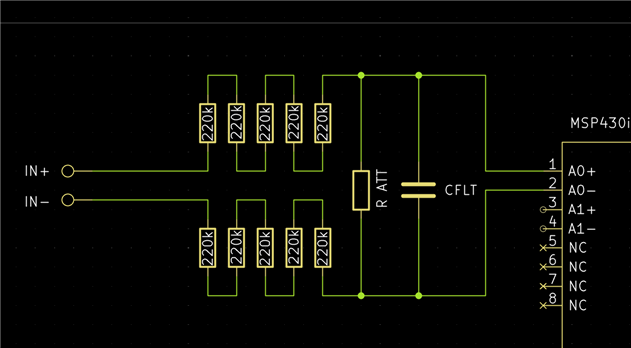
1) I would like to ask if this simple schematic is by itself ok to use in a production system. What else could be used to improve the current schematic in terms of dynamic range? I am currently using optocouplers to switch between various R in place of RATT in order to form scales from 1kV down to 1V.
2) ESD protection is not embedded because the slightest leakage of a few tenths nA would form an attenuation network with the 220k resistors. What else could i do to protect the inputs?
3) Would connecting a thermocouple right at the inputs of the A0+/- be a good practice (or maybe through 1-2KΩ resistors) in order to measure temperature? What about ESD protection in this case?
Thanks in advance.
Manos


